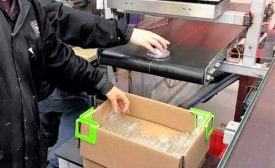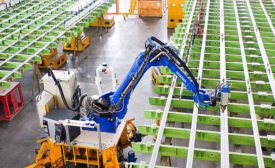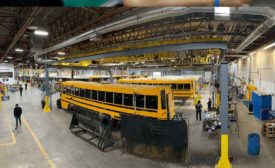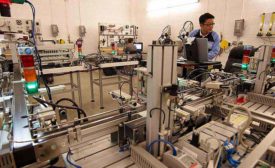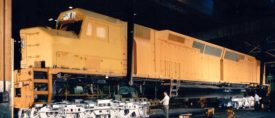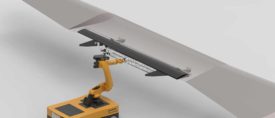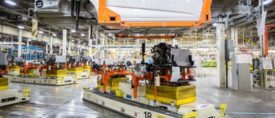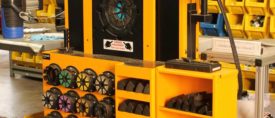Industries
Here are the most common pitfalls when designing parts for additive manufacturing.
Read More
Capital Spending Survey 2022: Assemblers Continue to Invest
Buoyed by efforts to boost domestic production of EVs and electronics, manufacturers are investing in their assembly operations.
December 1, 2022
EMD Turns 100
The diesel locomotive pioneer revolutionized the railroad industry.
November 30, 2022
Autonomous Mobile Manipulators for Aerospace Assembly
A new approach for assembling composite aerostructures uses autonomous mobile robots and lightweight assembly jigs that compensate for deformation.
November 29, 2022
Conveyor-Less Micro Factories for Urban Car Production
Automakers don’t need conveyors to transport vehicles on assembly lines - the vehicles can move themselves.
November 28, 2022
Smart Factories: Here and Now
Highly automated smart factories are no longer a pie in the sky concept.
November 23, 2022
Never miss the latest news and trends driving the manufacturing industry
Stay in the know on the latest assembly trends.
JOIN TODAY!Copyright ©2024. All Rights Reserved BNP Media.
Design, CMS, Hosting & Web Development :: ePublishing

